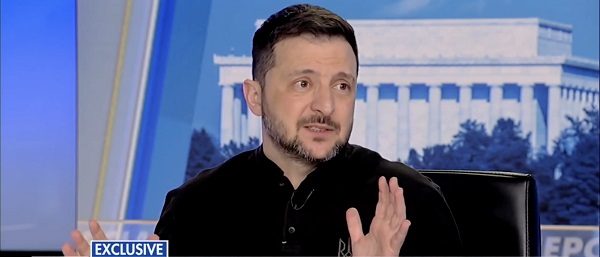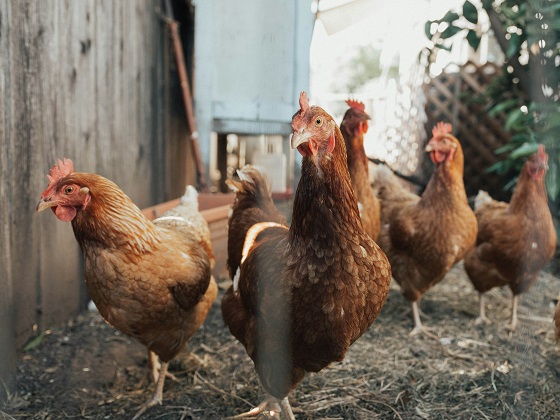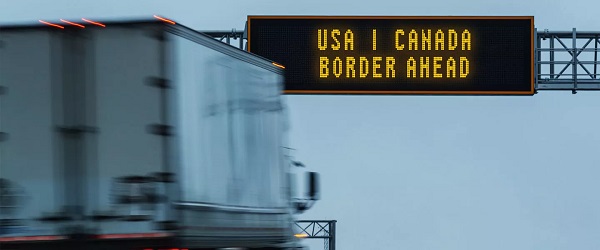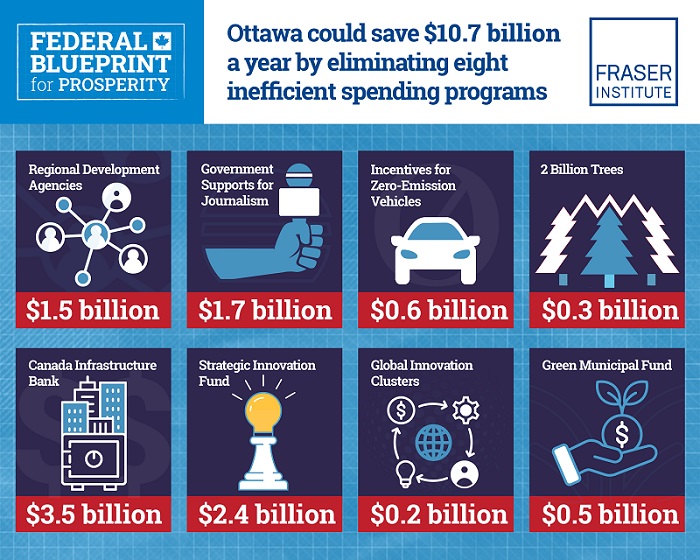Business
Nova Chemicals releases “Syndigo” line of lower-emission, recycled products

Flexible packaging, heavy duty sacks (salt, mulch bags) and blow molded bottles for home and personal care
News release from NOVA Chemicals
NOVA Chemicals Launches New Circular Solutions Business to Meet Growing Demand for Recycled Plastics
CALGARY — NOVA Chemicals Corporation (“NOVA Chemicals”) today announced the establishment of NOVA Circular Solutions, a new line of business focusing on lower-emission, recycled solutions that will help reshape a better, more sustainable world. NOVA Circular Solutions will be home to the SYNDIGOTM brand, the company’s newest portfolio of recycled polyethylene (rPE).
NOVA Circular Solutions is led by a team of experts in plastics development, recycling technology, additive science, packaging design, and regulatory compliance. It is headed by Alan Schrob, recycling director, who has nearly 30 years of experience in plastics, manufacturing, health, safety, and the environment.
“Plastic products play a critical role in our daily lives, and industry and consumers are placing higher value on products that contribute to the circular economy. They want products that can be recycled, reused, and reimagined,” said John Thayer, NOVA Chemicals senior vice president of sales and marketing. “Today’s announcement underscores NOVA’s commitment to be a leader in sustainable polyethylene production. We are investing time, resources, and world-class technical knowledge into this new line of business and the SYNDIGO brand.”
SYNDIGO rPE is designed to support recycled content and decarbonization goals of converters and brands while setting new industry standards for driving the transition towards a circular economy for plastics. There is a growing demand for recycled products and the SYNDIGO resins are poised to meet those needs in North America.
Commercially available products under the SYNDIGO brand include:
- EX-PCR-WR3 resin, mechanically recycled, sourced from polyethylene (PE) agricultural film, and ideal for e-commerce mailers, can liners, carry-out bags, protective packaging, and shrink.
- EX-PCR-NC4 resin, mechanically recycled, sourced from back-of-store distribution center PE stretch film and front-of-store consumer drop off, and ideal for heavy-duty sacks, e-commerce mailers, stretch wrap, collation shrink, protective packaging, and industrial films.
- EX-PCR-HD5 resin, mechanically recycled, sourced from HDPE milk jugs, and ideal for flexible packaging, heavy-duty sacks and small-part blow molding.
“Converters and brand owners are incorporating more recycled materials into their packaging and products to meet their sustainability goals and the demands of consumers. These important steps support our customers and drive towards a plastic circular economy, helping to protect the planet for future generations,” said Greg DeKunder, NOVA Chemicals vice president of polyethylene marketing & circular polymers. “At NOVA Chemicals, we are excited to leverage our technical knowledge, unmatched customer experience, and relationships throughout the value chain to drive recycled content adoption and demonstrate that plastics circularity is truly achievable.”
For more information on SYNDIGO, click here.
About NOVA Chemicals Corporation
NOVA Chemicals aspires to be the leading sustainable polyethylene producer in North America. Our driving purpose is to reshape plastics for a better, more sustainable world by delivering innovative solutions that advance a circular economy. Through these efforts, we strive to make everyday life healthier and safer while acting as a catalyst for a low-carbon, zero-plastic-waste future. NOVA Chemicals sets itself apart by offering superior product quality, proprietary high-performance resins, recycled and recyclable polyethylene, value chain collaboration, and exceptional customer experience. These benefits enable customers to use our resins to create flexible and rigid products that serve a variety of end-use applications. Our employees work to ensure health, safety, security, and environmental stewardship through our commitment to Sustainability and Responsible Care®.
NOVA Chemicals, headquartered in Calgary, Alberta, Canada, has nearly 2,500 employees worldwide and is wholly owned by Mubadala Investment Company of the Emirate of Abu Dhabi, United Arab Emirates. Learn more at www.novachem.com or follow us on LinkedIn.
Business
Disney cancels series four years into development, as it moves away from DEI agenda

 MxM News
MxM News
Quick Hit:
Disney’s decision to cancel its planned ‘Tiana’ streaming series follows the entertainment giant’s move away from diversity, equity, and inclusion (DEI) policies. The company, once deeply committed to political activism, is now struggling to recover from years of financially disastrous content choices.
Key Details:
-
Disney announced the end of DEI-based management decisions and the winding down of its “Reimagining Tomorrow” initiative earlier this year.
-
The Hollywood Reporter revealed that the cancellation of ‘Tiana’ was part of Disney’s broader retreat from “original longform content for streaming.”
-
Analyst Ian Miller notes that Disney’s prior focus on political messaging rather than quality content led to repeated box office failures.
Diving Deeper:
Disney has spent the past several years prioritizing political activism over storytelling, leading to a sharp decline in the company’s financial performance and audience engagement. According to Ian Miller of OutKick, “Disney assumed that any content that represented ‘diverse’ audiences or featured ‘diverse’ characters would be successful.” That assumption, he argues, proved costly.
The decision to cancel ‘Tiana’ comes at a time when Disney is reeling from multiple box office disappointments, including the expected failure of ‘Snow White’ and the ongoing struggles of both Marvel and Lucasfilm properties. Miller highlights the alarming trend, stating, “Marvel’s ‘Captain America: Brave New World’ may actually lose money, with a disastrous $342 million worldwide gross through the first three and a half weeks.”
The ‘Tiana’ series was first announced in December 2020, a time when Disney was fully embracing its progressive agenda. The Hollywood Reporter noted that the show struggled to find its creative direction despite being in development for over four years. Miller suggests that, in the past, Disney would have continued with such a project regardless of its quality, out of fear of backlash from the left. “Under its prior operating mandate, Disney would have pushed forward anyway, believing that canceling a show based on a black character would be unacceptable to left-wing critics,” Miller writes.
However, the company’s recent shift suggests an overdue recognition that audiences ultimately demand quality over ideology. As Miller points out, “Parents want to take their kids to the movies, or give them family-friendly content to watch at home when they need a distraction. For decades, that meant Disney. Until the company prioritized targeting demographics instead of quality.”
While Disney appears to be learning from its missteps, the road to recovery will be long. As Miller emphasizes, the key to regaining audience trust isn’t to abandon diverse characters but to “get it right instead of doing it to check a box.”
Alberta
Alberta pushes back on illegal U.S. tariffs

Alberta’s government is implementing a proportionate, measured response to U.S. tariffs and taking decisive action on internal trade with free trade and mobility agreements.
As part of its non-tariff retaliatory measures, Alberta is altering its procurement practices to ensure Alberta’s government, as well as agencies, school boards, Crown corporations and Alberta municipalities, purchase their goods and services from Alberta companies, Canadian companies or countries with which Canada has a free trade agreement that is being honoured.
“I will always put the best interests of Alberta and Albertans first. These non-tariff actions are measured, proportionate and put an emphasis on defending Alberta and Canada against these economically destructive tariffs imposed by U.S. President Donald Trump, while breaking down restrictive provincial trade barriers so we can fast-track nation building resource projects and allow for the unrestricted movement of goods, services and labour across the country. I understand this is an uncertain time for many Albertans, and our government will continue to do all it can to prioritize Alberta’s and Canada’s world-class products and businesses as we face this challenge together. I also look forward to working with my provincial counterparts to help unite Canada and ensure free and fair trade throughout our country.”
Alberta’s government has also directed Alberta Gaming, Liquor and Cannabis to suspend the purchase of U.S. alcohol and video lottery terminals (VLTs) from American companies until further notice. This will ensure Alberta and Canadian brands take priority in restaurants, bars and on retail shelves.
“We are committed to putting Canadian businesses first. By suspending the purchase of U.S. produced alcohol, slot machines and VLTs, we are ensuring that Alberta and Canadian brands take priority in our restaurants, bars and retail stores. We will continue to take bold steps to support local industries and strengthen our economy.”
To encourage the purchase of stock from vendors in Alberta, Canada and other countries with which Canada has a free trade agreement, the government will help all Alberta grocers and other retailers with labelling Canadian products in their stores. In the coming weeks, Alberta’s government will augment these efforts by launching a “Buy Alberta” marketing campaign. Spearheaded by Minister of Agriculture and Irrigation RJ Sigurdson, this campaign will remind Albertans of their options for local food and the importance of supporting Alberta’s agriculture producers and processers.
“Alberta’s agriculture producers and processers are the best in the world. Although these U.S. tariffs are incredibly concerning, this “Buy Alberta” campaign will put a spotlight on Alberta’s farmers, ranchers and agri-food businesses and support Albertans in choosing goods from right here at home.”
Building on Alberta’s reputation as a leader in removing barriers to trade within Canada, Alberta’s government will continue to push other provinces to match our ambition in providing full labour mobility and eliminating trade barriers through work like mutual recognition of regulations. This will allow for goods, services and labour from other provinces to flow into and out of Alberta without having to undergo additional regulatory assessments.
“While no one wins in a tariff war, this situation underscores the need to develop Canada’s trade infrastructure and the diversification of our trading partners and could be the catalyst to unlocking Canada’s true potential. As we look at how best to support Albertans and our businesses, we must also work to reduce internal trade and labour mobility barriers while expanding markets for Alberta energy, agricultural and manufactured products into Europe, Asia, the Americas and beyond. Albertans and Canadians are counting on us.”
Alberta’s government is also focused on doubling oil production. With U.S. tariffs in place on Canadian energy products, Alberta is looking elsewhere for additional pipeline infrastructure, including east and west, in order to get our products to new markets.
Alberta’s government will continue to engage with elected officials and industry leaders in the U.S. to reverse these tariffs on Canadian goods and energy and rebuild Canada’s relationship with its largest trading partner and ally.
Quick facts
- On March 4, U.S. President Trump implemented a 25 per cent tariff on all Canadian goods and a 10 per cent tariff on Canadian energy.
- The U.S. is Alberta’s – and Canada’s – largest trading partner.
- Alberta is the second largest provincial exporter to the U.S. after Ontario.
- In 2024, Alberta’s exports to the U.S. totalled C$162.6 billion, accounting for 88.7 per cent of total provincial exports.
- Energy products accounted for approximately C$132.8 billion or 82.2 per cent of Alberta’s exports to the U.S. in 2024.
- About 10 per cent of liquor products in stock in Alberta are imported from the United States.
- U.S. products represent a small minority of the beer and refreshment beverage categories; however, a significant number of wines originate in the U.S.
- In 2023-24, about $292 million in U.S. liquor products were sold in Alberta.
- Alberta has been a longstanding supporter of reducing barriers to trade within Canada. In 2019, the province removed 21 of 27 exceptions, including all procurement exceptions, and narrowed the scope of two others. Since then, the province has only added 2 exceptions, which allow for the management the legalization of cannabis.
- Removing party-specific exemptions has helped facilitate even greater access to the Alberta market for Canadian companies in the areas of government tenders, Crown land acquisition, liquor, energy and forest products, among others.
-

 International1 day ago
International1 day agoUkraine negotiations still murky after Trump’s joint Congress address
-

 International2 days ago
International2 days agoProject Porcupine. Assessing the fantasy of an EU military surge.
-
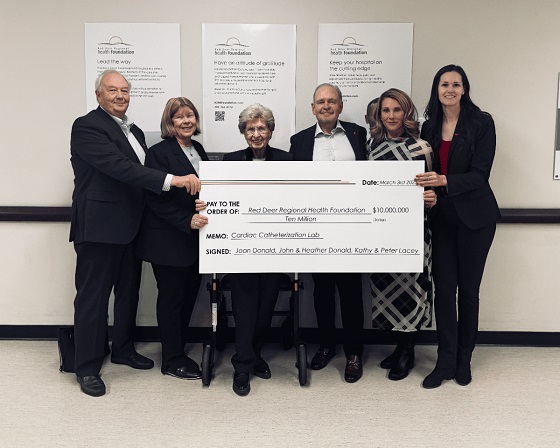
 Red Deer2 days ago
Red Deer2 days agoRed Deer Regional Health Foundation Announces Historic Gift to Transform Cardiac Care in Central Alberta
-
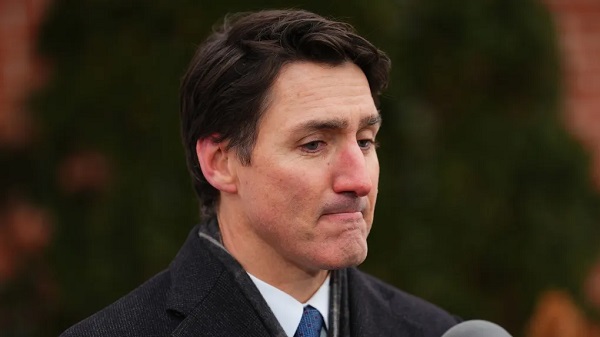
 Frontier Centre for Public Policy2 days ago
Frontier Centre for Public Policy2 days agoCanadians No Longer Trust Their Government. And For Good Reason
-
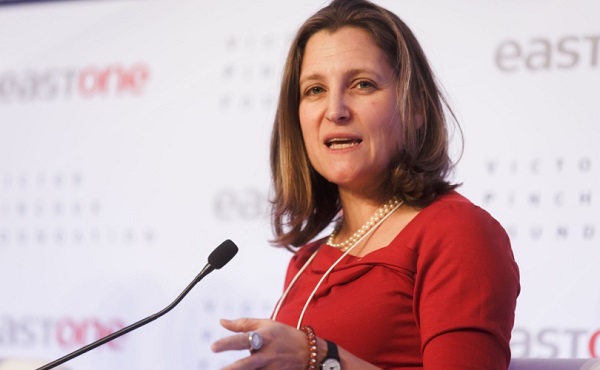
 International2 days ago
International2 days agoFreeland hints nukes from France, Britain can protect Canada from the Trump ‘threat’
-
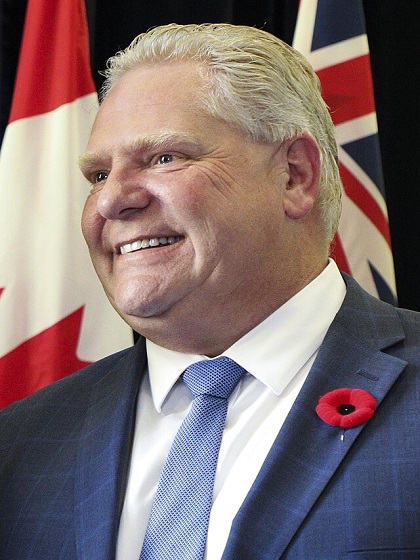
 Business2 days ago
Business2 days agoOntario premier says he will cut off electricity exports “with a smile”
-
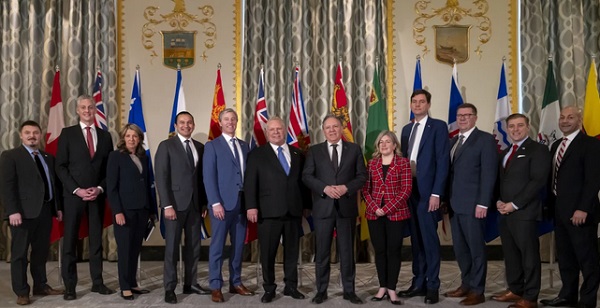
 Business2 days ago
Business2 days agoPremiers Rally For Energy Infrastructure To Counter U.S. Tariff Threats
-

 Business21 hours ago
Business21 hours agoTrump’s trade war and what it means for Canada



